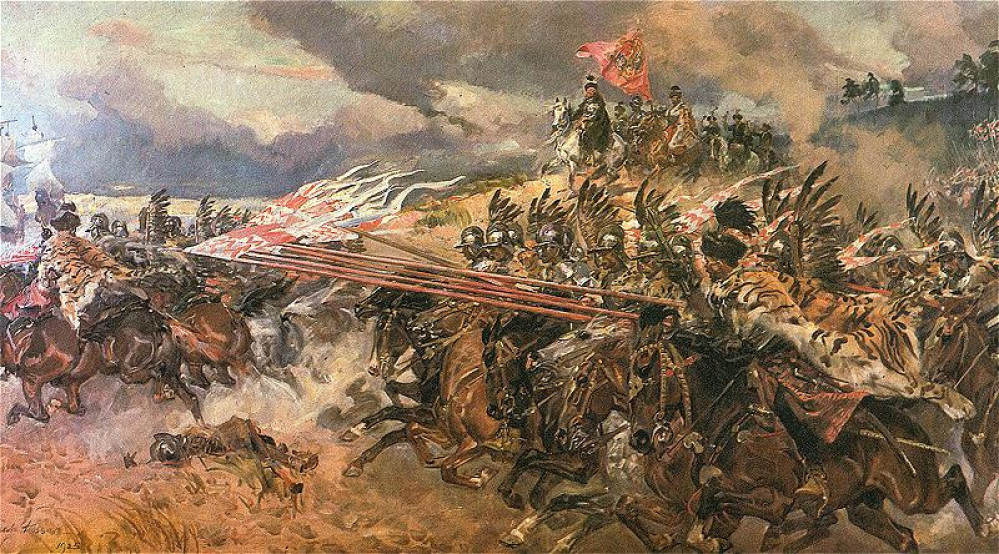
Husaria - Building a Polish army for the 1620s
Foreign Infantry
In this entry I’m going to cover a new part of the Polish-Lithuanian Commonwealth army; the Foreign Infantry. Although cavalry were the most important part of the Commonwealth armies in this period there was an increasing focus on infantry. Any campaign involving sieges, as well as the need to hold settlements and river crossings, needed foot troops. In the campaigns against the Swedes in the 1620s, Polish forces found that they were involved in many sieges, as the Swedes would often avoid pitch battles in the open where the Polish cavalry could dominate.
The native Polish infantry, drawn from the peasant population, were effective but few in numbers, and the Polish nobility were reluctant to further reduce their work force by allowing more recruitment from the peasants in to the army. The Commonwealth therefore turned to hiring infantry from other sources, typically abroad. This ‘Foreign Infantry’ was recruited from across Europe but mainly from the German states to the West of the Commonwealth borders, and also from German speaking parts of the Commonwealth. (For this reason they were sometimes referred to as ‘German Infantry’.)
Recruitment of the Foreign Infantry worked in a similar way to the rest of Europe at this time. A colonel was commissioned to raise a certain number of troops and it was then the colonel’s responsibility to find suitable candidates. There were no uniforms as such, and so the recruits would be dressed in their regular ‘western’ clothes looking very much like the typical foot troops in the rest of Europe.
One difference may well have been the composition of the troops recruited. It was typical in this period to recruit infantry as one third pike armed troops, and two thirds shot, armed with a musket. One of the primary roles of pikemen was to protect the shot from cavalry. In the Commonwealth forces, with their superior cavalry, pikes were considered less necessary. In the 1620s campaign there is no evidence that the Foreign Infantry were armed with pikes, so it is possible that they were just musket armed troops.
For my Commonwealth army, based on the force at the Battle of Dirschau in 1627, I need some units of Foreign Infantry. I could just re-use some of my existing Thirty Years War Imperial foot to represent the foreign infantry, but I have plenty of potential candidates in the lead pile. I decided to paint up some figures from the 1898 Miniatures ‘Tercio range’ that have been accumulating in my lead pile since their release in 2019. These figures are a great representation of the typical foot from across Europe in the 1620s, 30s and 40s.
Here is link to the 1898 Miniatures site link, and also to a review of the figures I wrote for Wargames Illustrated link. In summary, I really like them! They are really characterful figures, and give a great impression of the typical non-uniformed troops from the TYW, wearing a mixture of styles and types of clothing. If you are interested in getting some of the 1898 figures then you can buy directly from them in Spain, or go to Empress Miniatures who are a UK stockist (here).
Next time I will cover painting the figures.













































































I’ve had my eye on the 1898 tercio models for a while, so I’m really looking forward to seeing how the infantry turn out.
Should be some photos of finished models next week. I really like them. Very ‘characterful’. Perhaps not the most perfect sculpts in the world, but lots of great period detail.